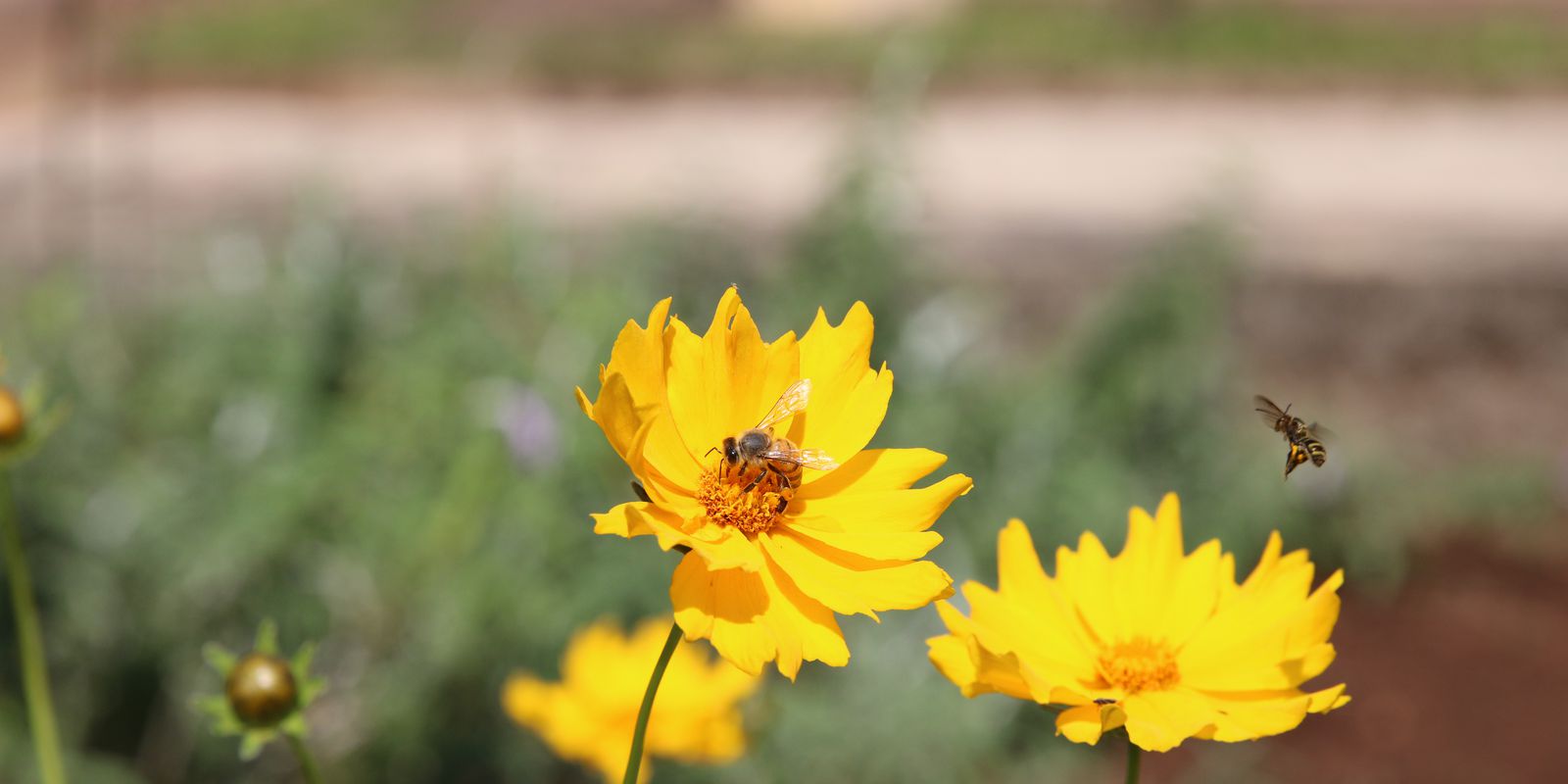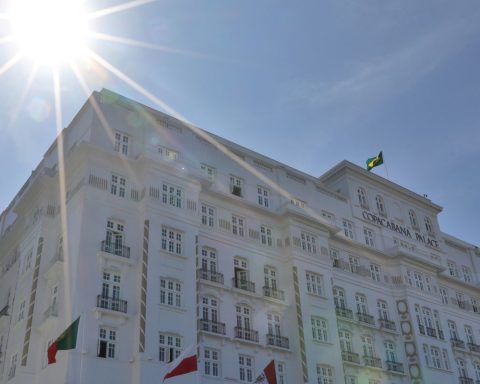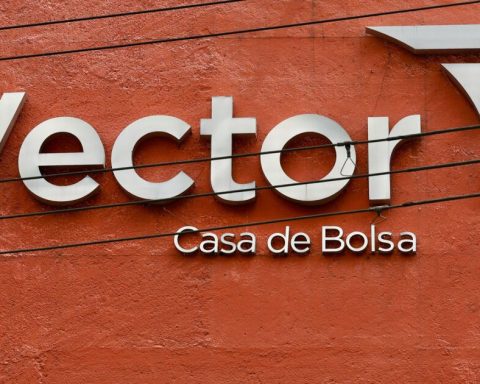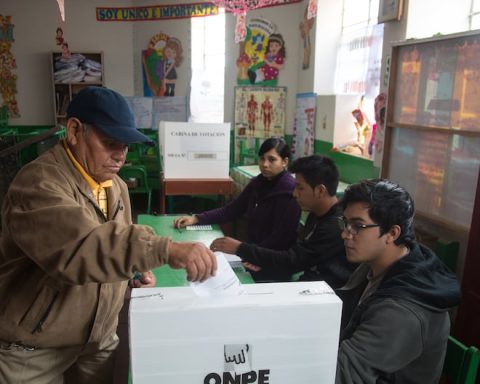The conservation of part of the Amazon Rainforest has gained support from native stingless bees. A project led by the Vale Technological Institute (ITV) allowed the multiplication of native bee nests, increasing the availability of colonies for creation. With the Biofábrica de Abelhas Indígenas de Carajás, in Pará, 110 species of native bees are found among 244 already cataloged in Brazil.
Native bees play a fundamental role in food production in the Amazon region, through the pollination of important plants such as açaí, guarana and Brazil nuts. In addition, bees collaborate in the pollination of various agricultural crops.
The set of indigenous colonies is made up of local species selected mainly for honey production and pollination, in addition to products with potential for income generation, such as propolis. The colonies are installed in meliponaries in BioParque Vale Amazônia and Vale’s seedling nursery, an area with more than 30 hectares of native forest.
According to researcher at the Vale Technological Institute (ITV) Luciano Costa, a The guide was designed to assist in locating and identifying colonies. “The catalog has photographs of the entry of colonies and workers of 41 species that occur in the region and online courses on rescuing and managing native bees”, he explained. income generation
The honey produced by native bees has a market value that is up to ten times greater than traditional honey, depending on the variety of the species. In Southeast Pará, honey extraction is an economic activity that generates local income for small producers in Parauapebas, Canaã, Curionópolis and other municipalities in the region.
The meliponicultor, the creation of stingless bees, is a sustainable activity, which helps in the preservation of plant species and in the biological balance in the different Brazilian biomes.
According to studies published by the Brazilian Agricultural Research Corporation (Embrapa), in partnership with the Federal University of Pará (UFPA) and the Federal Rural University of the Amazon (UFRA), native bees are the main pollinators of açaí (Euterpe oleracea). Research indicates that they carry out around 60% of the pollination work on palm flowers and are more efficient in transporting pollen than other insects, which directly impacts the açaí production chain.
The studies were carried out in natural areas where açaí occurs (floodplain and terra firme) and in areas with different levels of management up to large-scale monoculture plantations. Altogether, more than 200 species of insects (including beetles, flies, ants and other groups) were collected visiting the palm flowers, which are also very important for pollination.

















